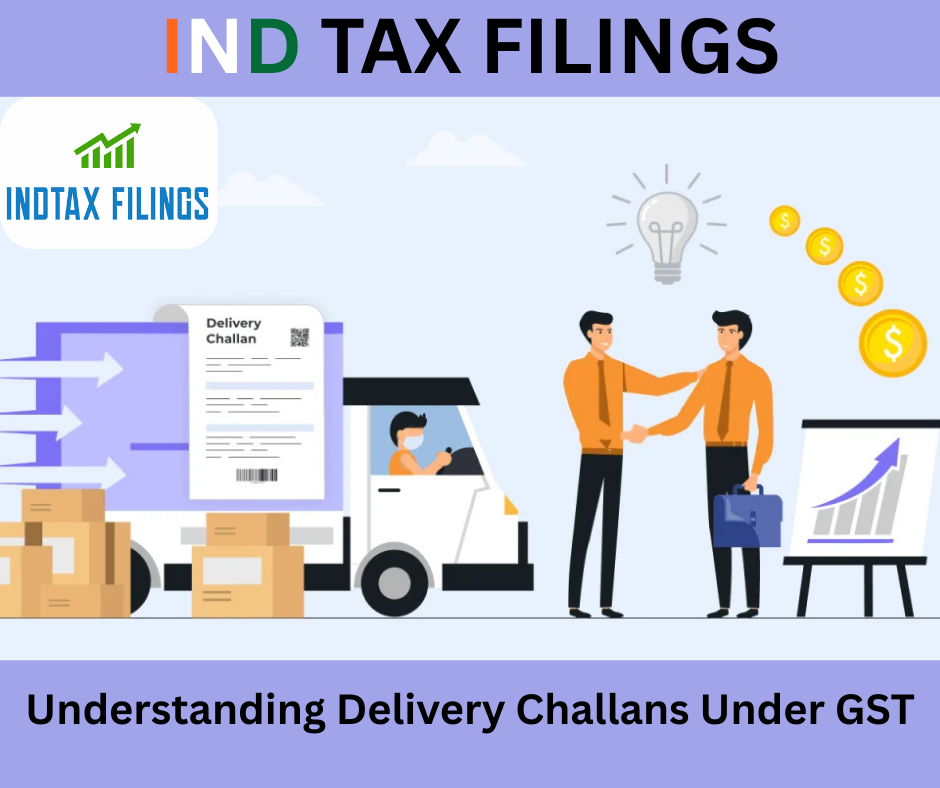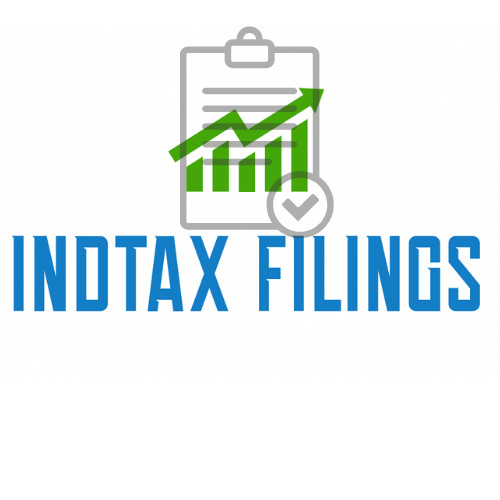
A delivery challan is a crucial document used to record the movement of goods without an accompanying tax invoice. Under Rule 55 of the CGST Rules, delivery challans are typically issued in the following scenarios:
- Job Work Transfers: When goods are sent to a job worker for processing.
- Exhibitions or Trade Fairs: For displaying goods without actual sale.
- Branch Transfers: Moving goods between different branches of the same company.
- Goods Sent on Approval: When goods are sent with the option for the recipient to approve or return.
In these cases, a delivery challan facilitates the legal movement of goods without generating a tax invoice.
Key Updates Effective April 2025
1. Mandatory E-Way Bill for High-Value Transfers
If the value of goods being transported exceeds ₹50,000, an e-way bill must be generated alongside the delivery challan. This ensures compliance and proper tracking of goods movement.
2. Enhanced Compliance Measures
The GST Network (GSTN) has introduced stricter compliance protocols:I
- Two-Factor Authentication (2FA): From April 1, 2025, all taxpayers, regardless of turnover, must use 2FA for generating e-invoices and e-way bills.
- E-Way Bill Validity: E-way bills must be generated within 180 days from the date of the associated document or invoice. Additionally, the validity of an e-way bill cannot be extended beyond 360 days from its original generation date.
📋 Essential Components of a Delivery Challan
A valid delivery challan should include:
- Serial Number: Not exceeding 16 characters.
- Date of Issue: The date when the challan is generated.
- Consignor and Consignee Details: Names, addresses, and GSTINs (if registered).
- Description of Goods: Including quantity and HSN codes.
- Reason for Transportation: Such as job work, exhibition, or branch transfer.
- Signature: Of the authorized person.
Ensuring all these details are accurately filled is vital for compliance and to avoid potential penalties.
⚖️ Recent Legal Precedent
In a notable case dated April 24, 2025, the High Court addressed the issue of penalties related to e-way bills and delivery challans. The petitioner was penalized ₹7,36,490 for not generating Part-B of the e-way bill during goods transportation for job work. However, the court found the penalty disproportionate, considering that Part-A was generated and a valid delivery challan was provided. Consequently, the penalty was reduced to ₹25,000.
✅ Best Practices for Businesses
- Timely Generation: Ensure delivery challans and e-way bills are generated promptly to comply with the 180-day rule.
- Accurate Documentation: Double-check all details on the delivery challan to prevent discrepancies.
- Stay Updated: Regularly review GST notifications and updates to remain compliant with the latest regulations.
- Leverage Technology: Utilize reliable accounting and billing software to automate the generation of delivery challans and e-way bills.
